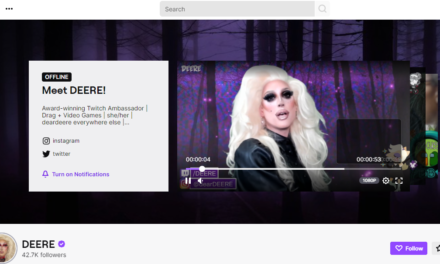This past November, auditory neuroscientist Seth S. Horowitz began his brilliant New York Times opinion piece, “The Science and Art of Listening,” by asking the reader, “What do you hear right now?” By simply listening, one suddenly becomes aware of an entire universe of information that only seconds before did not exist. Most of this information may have no other value than the purely aesthetic, but some of it may provide clues to novel, powerful perspectives on one’s environment.
Horowitz wrote: “Listening is a skill that we’re in danger of losing in a world of digital distraction and information overload.” The expansion of social media has added to this information overload and in many ways made listening even more challenging.
For more than 10 years now, I’ve been similarly imploring my clients to “listen” to what people are saying on user-generated social media channels. In the early days, this was no simple task because the commercially available web crawling technology, such as Google’s search engine, was not adapted for capturing user-generated content. The process of listening was therefore much more of a manual one than it is today. It was not simply a matter of plugging the client’s brand name into a search string. While Google Blog Search enabled keyword searches of a limited subset of the social web, most listening consisted of identifying those communities (largely blogs and forums) in which the client’s potential customers were engaging and monitoring the conversation, without the ability to automatically filter the conversation for mentions of the client’s name.
The advantage of this rudimentary technique was that it forced my team and me to be very attentive to the passions of the web communities in which my clients’ potential customers were participating. By listening to these organic conversations we learned, for example, what kinds of content potential customers liked to share, what other websites they frequented, and which new bands were their favorites. The conversations we were monitoring turned out to be a treasure trove of new opportunities for our clients to join these conversations and thereby grow awareness among potential customers. By weaving our clients’ brand narratives into potential customers’ passions in value-added ways, we leveraged the organic conversations and communities to grow our clients’ brands-and it all began with listening.
Currently most companies have implemented social listening programs. However, thanks to the development of advanced listening technologies as well as the widespread penetration of social networking platforms (such as Facebook and Twitter), companies are able to automate the listening process to a large degree by filtering out any conversations that do not mention their brands or by focusing solely on branded channels on social networks. My concern is that automating the listening process in this way might actually be undermining the companies’ ability to discover new information about potential customers and thus grow their brands.
The problem is that setting automated alerts for keyword mentions isn’t the same as listening. As Horowitz notes, listening requires attention. Attention from the cerebral cortex is what makes the difference between hearing and listening. Hearing is a sense that all vertebrates have to some degree, and it allows us to respond to dangers that aural stimuli might indicate. However, hearing does not enable us to discover new information or to generate insight and intelligence. When companies rely too heavily on automated listening technologies, they run the risk of undermining the true listening process by reducing it to “hearing” and thereby missing opportunities to grow their brands.
At the same time, a purely manual listening process is obviously not scalable given the massive and continuously expanding amount of social media data. As such, companies should not abandon their preferred listening platform. Instead, they should pair it with a robust manual process that involves monitoring the conversations occurring across the major organic social channels in which their potential customers are engaging.
Companies should devote staff to combing these conversations on a regular basis and delivering detailed reports of new discoveries regarding emerging content memes, themes, and topics. These reports should emphasize opportunities for brand marketers to engage potential customers in dialogue by capitalizing on their interests and passions. In this way, companies can truly begin to develop the skill of listening and harness its power.






